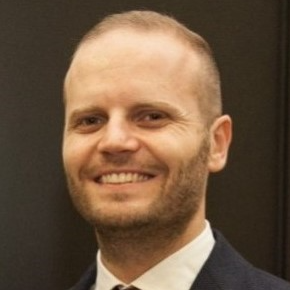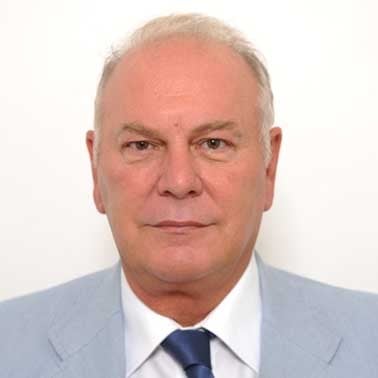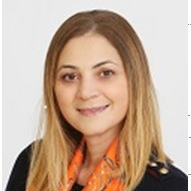Orthodontics and Oral Surgery in Personalized Medicine
A special issue of Journal of Personalized Medicine (ISSN 2075-4426). This special issue belongs to the section "Methodology, Drug and Device Discovery".
Deadline for manuscript submissions: closed (10 January 2024) | Viewed by 15622
Special Issue Editors
Interests: stem cells regeneration tissue; dental disease; dental biomaterials; orthodontic diseases; orthodontic innovation; oral surgery
Special Issues, Collections and Topics in MDPI journals
Interests: stem cells regeneration tissue; dental disease; dental biomaterials; orthodontic diseases; orthodontic innovation; oral surgery
Special Issues, Collections and Topics in MDPI journals
Interests: stem cells regeneration tissue; dental disease; dental biomaterials; orthodontic diseases; orthodontic innovation; oral surgery
Special Issues, Collections and Topics in MDPI journals
Interests: orthodontics; pediatric dentistry; oral medicine; oropharyngeal neoplasms; hygiene; prevention
Special Issues, Collections and Topics in MDPI journals
Interests: stem cells regeneration tissue; dental disease; dental biomaterials; orthodontic diseases; orthodontic innovation; oral surgery
Special Issues, Collections and Topics in MDPI journals
Special Issue Information
Dear Colleagues,
It is our utmost pleasure to invite you to submit manuscripts to one of the most current topics in dentistry: “Orthodontics and Oral Surgery in Personalized Medicine”.
The future of orthodontics and oral surgery is influenced by the advent of digital technology and the change in expectations of our patients. A modern approach often requires interdisciplinary and multidisciplinary know-how, the use of digital technologies for treatment planning to enhance the predictability of the execution, and a comprehensive team approach. New technologies can help in reducing the invasiveness of clinical procedures.
New computer technologies will revolutionize research, diagnosis, treatment, and education in dentistry.
Oral surgery, implants, periodontology and orthodontics are all involved in this continuing evolution.
This Special Issue focuses on all of the recent technology that can enhance research, diagnosis, treatment, and education in dentistry. For this purpose, we invite you to submit original research articles, clinical articles, and reviews on any of the topics mentioned above.
The present Special Issue will focus on clinically and scientifically valuable research in dentistry and allied disciplines in order to provide evidence-based information that will contribute to a better understanding and implementation of cutting-edge, patient-centered, and tailored treatment options.
We look forward to receiving your submissions.
Dr. Angelo Michele Inchingolo
Prof. Dr. Francesco Inchingolo
Dr. Gianna Dipalma
Dr. Assunta Patano
Dr. Giuseppina Malcangi
Guest Editors
Manuscript Submission Information
Manuscripts should be submitted online at www.mdpi.com by registering and logging in to this website. Once you are registered, click here to go to the submission form. Manuscripts can be submitted until the deadline. All submissions that pass pre-check are peer-reviewed. Accepted papers will be published continuously in the journal (as soon as accepted) and will be listed together on the special issue website. Research articles, review articles as well as short communications are invited. For planned papers, a title and short abstract (about 100 words) can be sent to the Editorial Office for announcement on this website.
Submitted manuscripts should not have been published previously, nor be under consideration for publication elsewhere (except conference proceedings papers). All manuscripts are thoroughly refereed through a single-blind peer-review process. A guide for authors and other relevant information for submission of manuscripts is available on the Instructions for Authors page. Journal of Personalized Medicine is an international peer-reviewed open access monthly journal published by MDPI.
Please visit the Instructions for Authors page before submitting a manuscript. The Article Processing Charge (APC) for publication in this open access journal is 2600 CHF (Swiss Francs). Submitted papers should be well formatted and use good English. Authors may use MDPI's English editing service prior to publication or during author revisions.
Keywords
- oral surgery
- orthodontic
- aligners
- maxillo facial surgery
- dental disease
- dental materials
- orthodontic diseases
- periodontology
- oral implantology
- dental materials
- regenerative tissue
- growth factor
- stem cells
- bone regeneration
- tissue regeneration
- engineering
- intraoral scan
- personalized medicine










